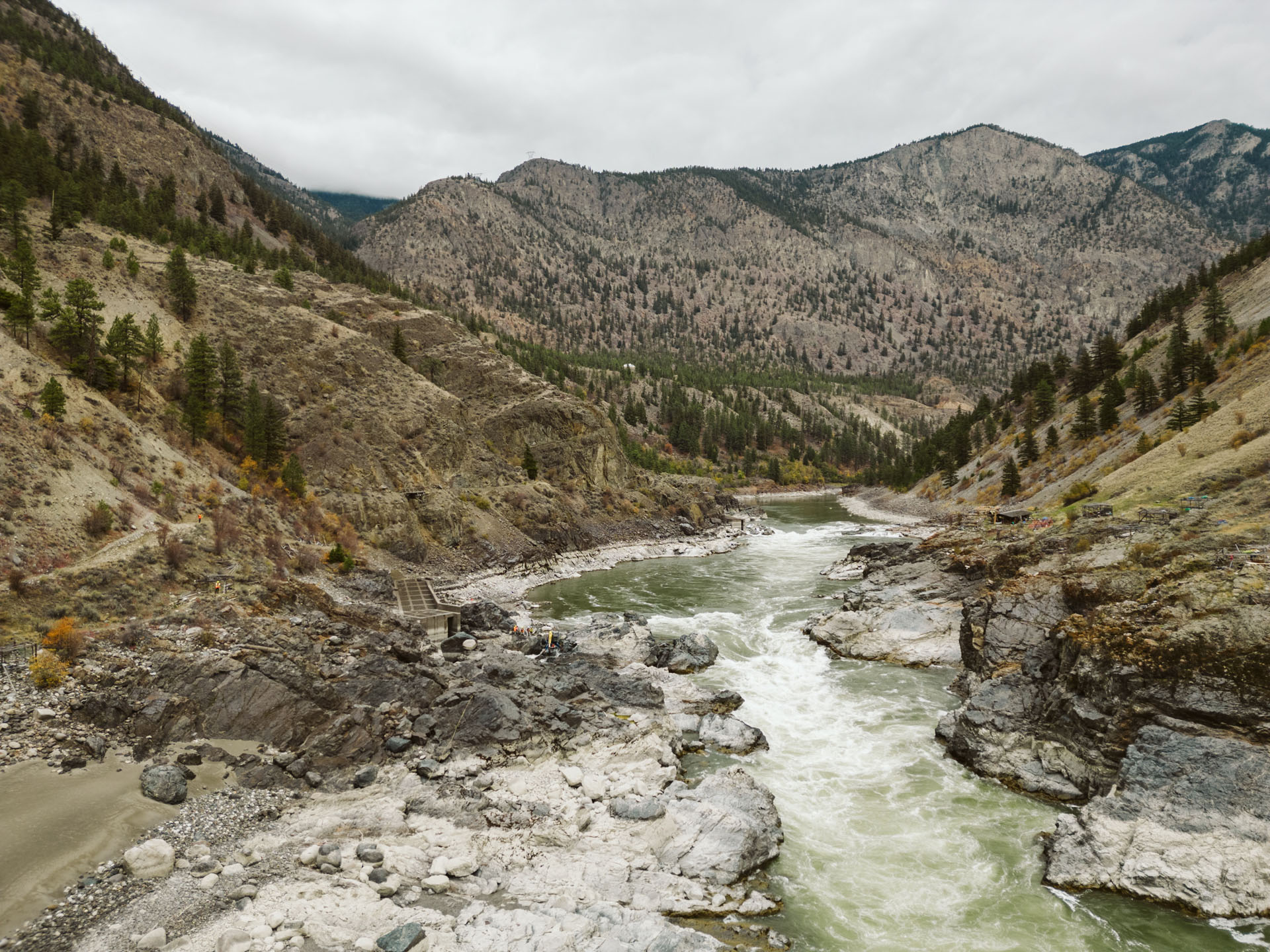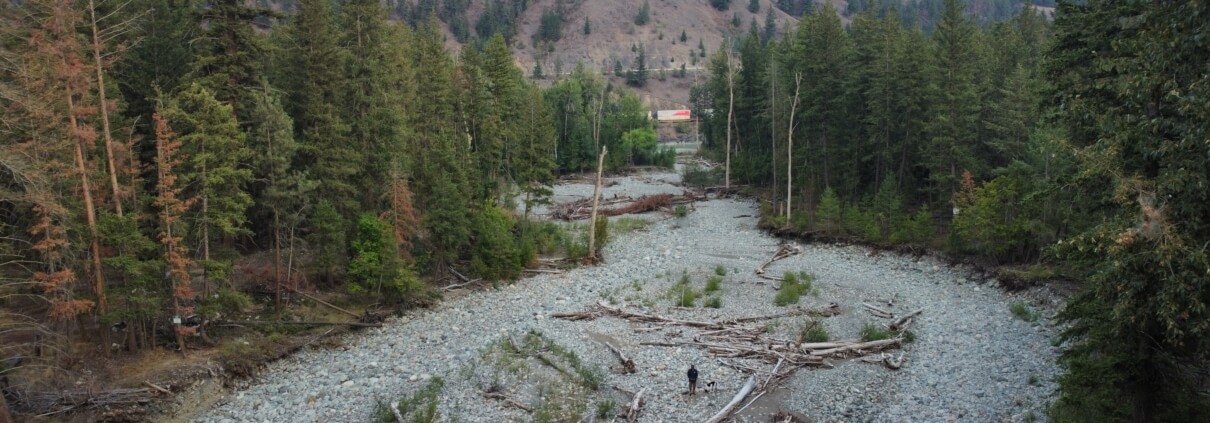Drought risk remains a pressing issue for salmon in B.C.
Record-low snowpack, below-average freshet, and lingering drought conditions from 2023 set the stage for a challenging summer in salmon-bearing watersheds.
Drought conditions in British Columbia stretching back to 2022 continue to put pressure on river systems that support Pacific salmon.
The province’s unusual winter and spring conditions, tell-tale signs of climate change, have exacerbated concerns that extreme drought conditions that plagued salmon migrations in 2023, could return this year.
While a wet, cool June has eased pressure in some places, areas of central and northern B.C. are facing long-term precipitation deficits. A hot start to July and a dry August will likely cause significant problems for returning salmon.
This is because this year’s dry and warm winter led to an extremely low snowpack – averaging about 38 per cent of the normal amount as of mid-June.
A lack of snow is also linked to a below-average freshet – the seasonal surge of river levels from May to July caused by rainfall and snowmelt – meaning that rivers could dry out more quickly than in previous years, creating problems for salmon on their journey home to spawn.
“Many areas experienced the lowest freshet on record this year, including in the Fraser River near Hope and Prince George, as well as parts of the Upper Bulkley River and Thompson River,” says Jane Pendray, manager of the Pacific Salmon Foundation’s Climate Adaptation Program. “Water levels are down across the province for this time of year, so we’re monitoring the situation carefully for signs of drought.”
In recent years, freshets have become less predictable and more variable. For instance, in 2023, a sudden rise in temperatures at the start of May led to an early and high freshet. Despite this year’s relatively cool and wet spring, the freshet was unusually low because of a poor snowpack and resulted in the lowest spring water levels ever recorded in some places.
These new extremes make life more challenging for salmon. Abnormally high freshets and fast-flowing rivers can strand salmon in pools and side channels that become cut off from rivers when the water levels drop, degrade salmon eggs and habitat, and force juvenile salmon into the ocean before they are ready.

Climate change is affecting the timing and speed of snowmelt. Photo: Brandon Deepwell
Extremely low water levels, like those seen in 2023, can leave salmon stranded and unable to spawn. July’s dry weather means river levels are currently dropping across the province. About two-thirds of monitoring locations show below normal or record-low flows for this time of year.
Given the anticipated drought impacts, the Pacific Salmon Foundation (PSF) is hosting a Drought Reporting Tool for the second consecutive year. The purpose of the platform is to increase the eyes and ears on the ground tracking drought and collect reports on low flows and other drought impacts in salmon-bearing streams to improve collective knowledge of real-time drought impacts and help take action.
The submissions will be shared with DFO, the Province of B.C., the First Nations Fisheries Council, and other technical experts through an inter-agency technical working group. The Supporting Emergency Action for Salmon working group helps coordinate reporting to identify areas where drought may be impacting salmon habitat, impeding salmon passage, or causing mass fish die-offs, and helps support local groups to take actions to help salmon mitigate drought and other climate emergencies.
Last year, we collected 12 reports in locations like the Upper Bulkley River near Houston, Stawamus River near Squamish, and Brooklyn Creek near Comox that helped direct resources towards areas where drought posed a hazard to local salmon populations.
“The Drought Reporting Tool is a resource to crowdsource insights from the general public regarding where drought may negatively impact salmon survival and migrations. This information will help connect experts on the ground to these issues to determine if action or intervention is necessary for the well-being of salmon on the frontlines of climate change,” says Pendray.

PSF responded to 12 emergency drought projects in 2023.



